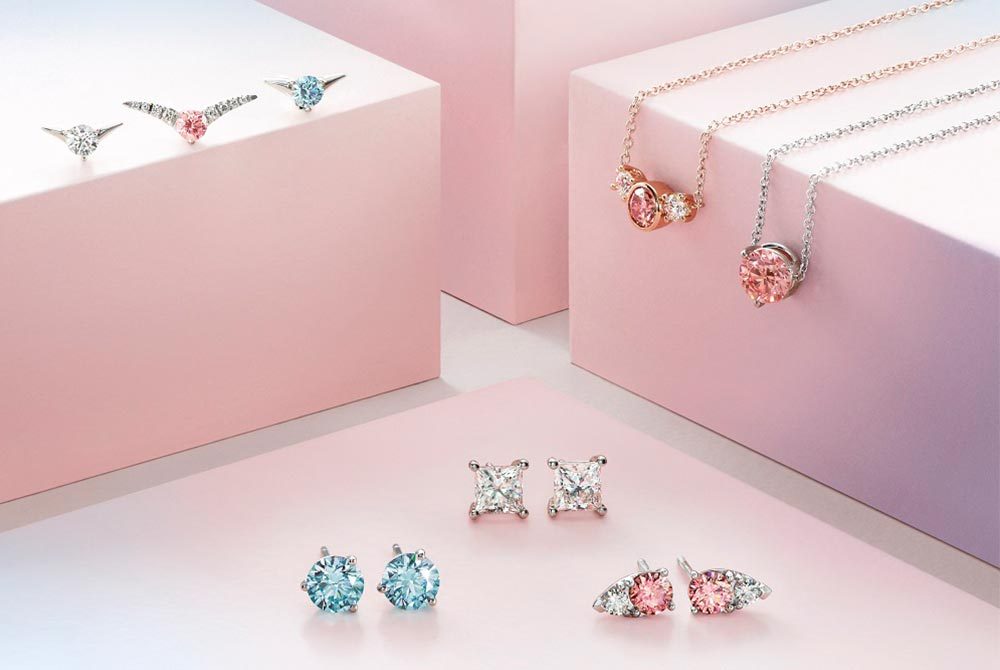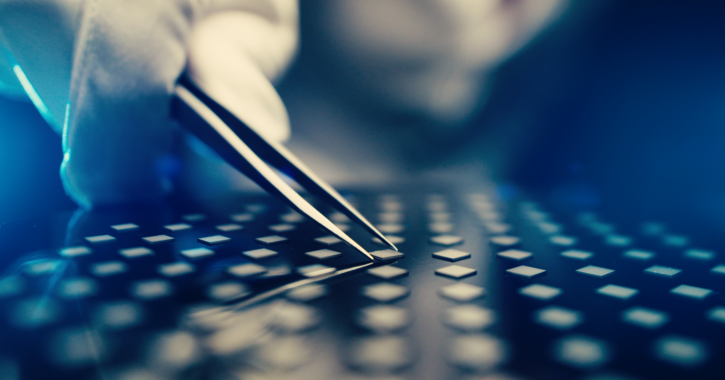De Beers’ announcement last week that it’s moving into the gem-grade synthetic diamond market was a surprise to many. Some viewed De Beers’ establishment of the synthetic, low-price diamond brand ‘Lightbox Jewelry’ as the company irrationally cheapening diamonds. In reality, De Beers’ move is pure genius.
By making gem-grade synthetic diamonds very cheap—much cheaper than they’ve ever been—De Beers is doing two things: 1). disrupting the disruptors, the diamond laboratories that began entering the diamond market in the early 2000s, and 2). reclaiming the luxury diamond market for natural diamonds.
The spectre of gem-grade synthetic diamonds has been haunting the industry since 1955, when General Electric successfully created synthetic industrial diamonds. [1] Mining companies, regardless of the commodity, are always worried about substitution and disruption. For the diamond industry, gem-grade synthetic diamonds represented both of these threats. These were diamonds that did not require mining, just cultivation in a laboratory. While the early synthetics were often only available in yellow or orange hues, they were of a reasonable size and had flawless clarity. As the technology improved, diamond labs could grow synthetic white diamonds in large sizes (1ct+), which were more appealing to consumers. These diamonds were chemically identical to natural diamonds and just as visually beautiful — a viable substitute for the real thing.

The synthetic diamonds made by these disruptors were still expensive, however, oftentimes only 30-40% cheaper than natural diamonds. (It could be argued that synthetic diamond labs took advantage of the rents available in the diamond market due to the steepness of the natural diamond cost curve, the first quartile of which is dominated by De Beers and Alrosa.) Because of their high price point, synthetic diamonds were still firmly placed in the ‘luxury’ category; they were affordable to people with significant discretionary funds. They were also expensive enough to be considered appropriate for an engagement ring — an item De Beers has been conditioning society to believe should be high-priced since 1936.
For those reasons, for many years the natural diamond industry viewed synthetics as a serious threat. In May 2015, industry leaders created the Diamond Producers’ Association (DPA) to collectivise efforts to counter the threat of synthetics by promoting them as common and without the rarity or history of a natural diamond. De Beers, the world’s largest diamond producer, has been a key member of the DPA. It could be argued, however, that the DPA’s very existence has inadvertently promoted the fact that diamonds grown in a sterile laboratory had successfully positioned themselves alongside those formed in the earth’s mantle millions of years ago. The DPA has shown the world that the diamond industry — an industry typically staid and insular — has been truly shaken by these lab-grown gems.
By creating Lightbox, De Beers has decisively distanced itself from the DPA’s essentially defensive, rhetorical approach. De Beers has revolutionised the lab-grown diamond market and completely changed the narrative around synthetic diamonds. Lightbox, a brand that sells flawless lab-grown diamonds for just a few hundred dollars (a 1ct white diamond is USD800), has made synthetic diamonds cheap and cheerful, or as the brand puts it, “for lighter moods and lighter moments”. Lightbox’s cheap prices means that lab-grown diamonds can no longer be seen as a ‘luxury’ alternative to mined diamonds. Natural diamonds are exceptional; lab-grown diamonds are ephemeral, the kind of thing you might give to your twelve-year-old niece for Christmas.
De Beers’ labelling of lab-grown diamonds as inexpensive and fun has effectively pulled the rug out from underneath other diamond laboratories and their pricey synthetic diamonds. Whether these labs can re-price their diamonds to match those of Lightbox remains to be seen. However, such a pivot, if possible, would be massively disruptive to their business models. And that’s the point. The disrupted has become the disruptor.
[1] De Beers quickly followed suit, announcing the creation of synthetic industrial diamonds in 1959. In 1960, GE successfully sued De Beers for illegally copying its patented diamond manufacturing technology, forcing De Beers to buy limited rights to GE’s technology and pay USD25 million in royalties.
Dr. Yolande Kyngdon-McKay is Research Manager for Levin Sources and an expert in gemstones and jewellery sectors. Dr. Kyngdon-McKay has more than 10 years' experience working for private, public, and third sector clients on projects related to diamonds, coloured gemstones, conflict minerals, jewellery and electronic. She wrote her PhD thesis on the evolution of the diamond industry and recently covered supply chain transparency as part of our Better Business in the Jewellery Sector blog series.



